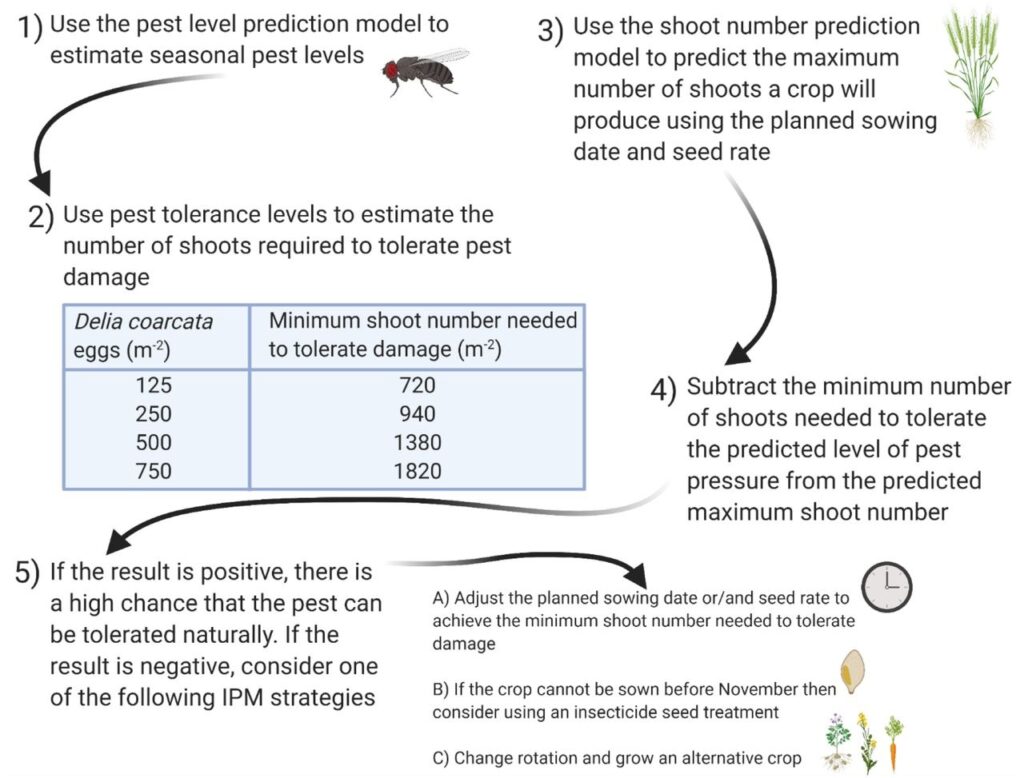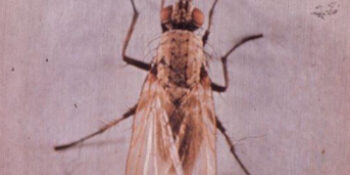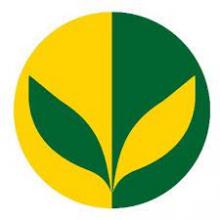Damage
Wheat bulb fly, Delia coarctata, is found more in the eastern half of England than in other parts of the UK. It lays eggs on bare soil which means it can be more of a problem after fallows or crops that are harvested early. It is worse on light soil. It lays eggs in July to September and particularly likes freshly cultivated soil and will lay eggs between rows of crops where there is bare soil. Eggs are dormant until January-March when they start to hatch. The larvae (grubs) then start to move through the soil to invade cereal plants. They bore into the base of cereal plants and feed on the central shoot. All cereals except oats are attacked but the fly is most serious in wheat. Larvae burrow in the middle of stems causing tillers to die and exhibit ‘deadheart’ symptoms (view Gallery). Any crops which only have a single tiller (winter wheat drilled late or spring crops drilled before March) at the time when the pest attacks are particularly at risk because they are not able to compensate for damage.
Levels of the pest vary from year to year according to harvest times and rainfall. Wheat bulb fly levels are generally highest after a wet harvest period the previous year.
Management Options
Egg populations above 250/ m² represent a risk of economic damage to autumn drilled crops. The 2015 AHDB sponsored ADAS survey of egg levels has found that risk is higher than any other year since 2011 and that average egg numbers in the north were higher than in the east. The mean egg number was 168 eggs/m² for sites sampled in northern England, which represents moderate risk, but some sites are at high risk (3 out of 15 sites). This may mean that egg hatch sprays are required. Seed treatments reduce risk but egg hatch sprays may still be needed for late drilled crops in places where levels of the pest are high. If plants are well-tillered by the time the wheat bulb fly larvae hatch, it is possible that they will be able to tolerate some pest attack and an insecticide spray may not be required.
Cultural control methods to reduce risk include drilling early, avoiding deep drilling, increasing the seed rate to allow compensation for attack and early top dressing to aid crop recovery.

Related links
Information and image from Rothamsted's Croprotect webpage supported by BBSRC NERC Sustainable Agriculture Research & Innovation Club







